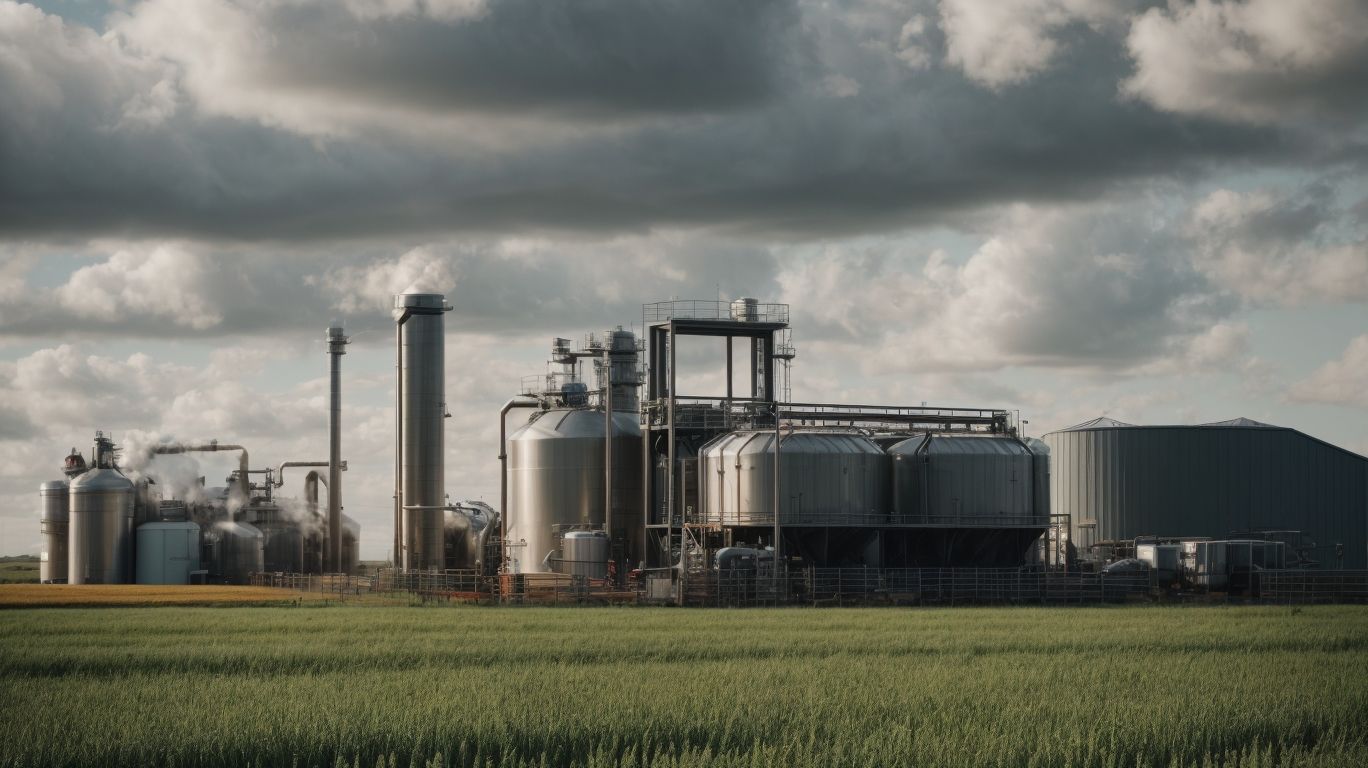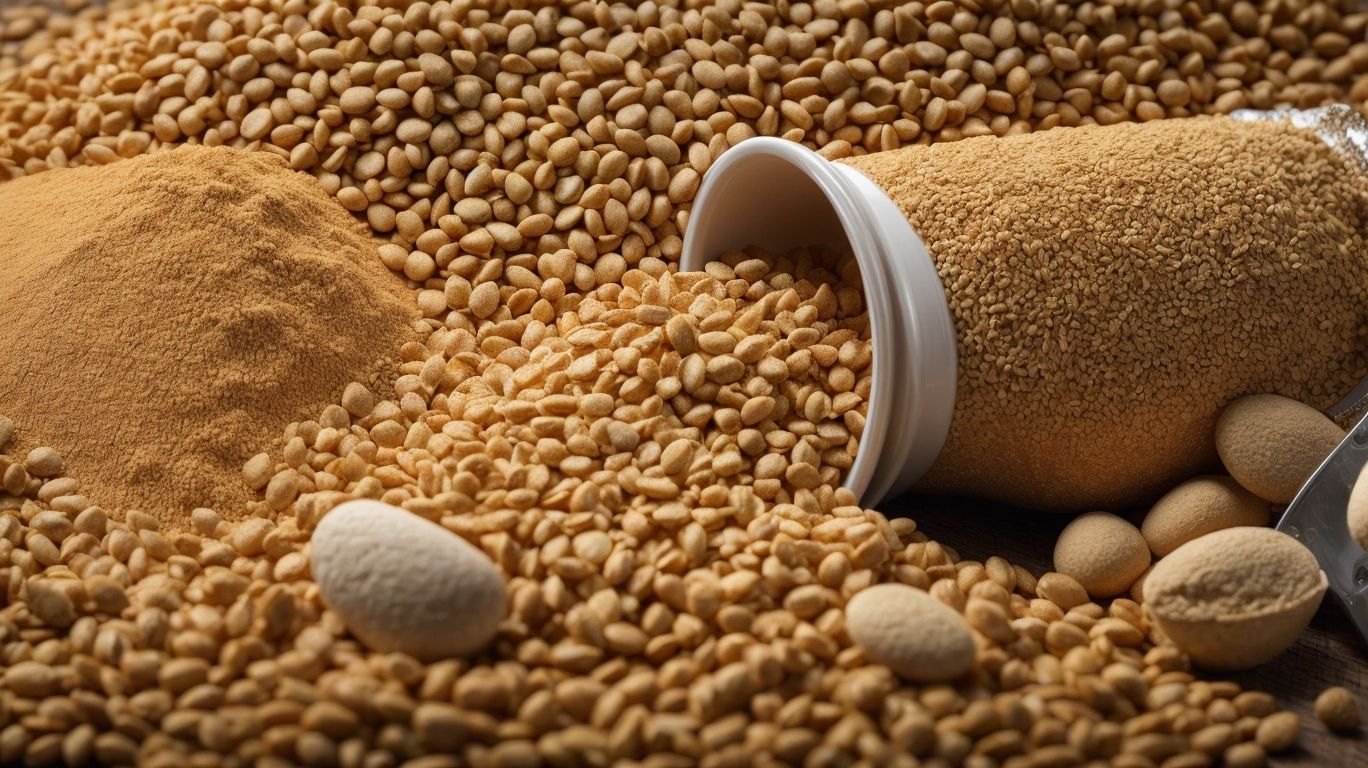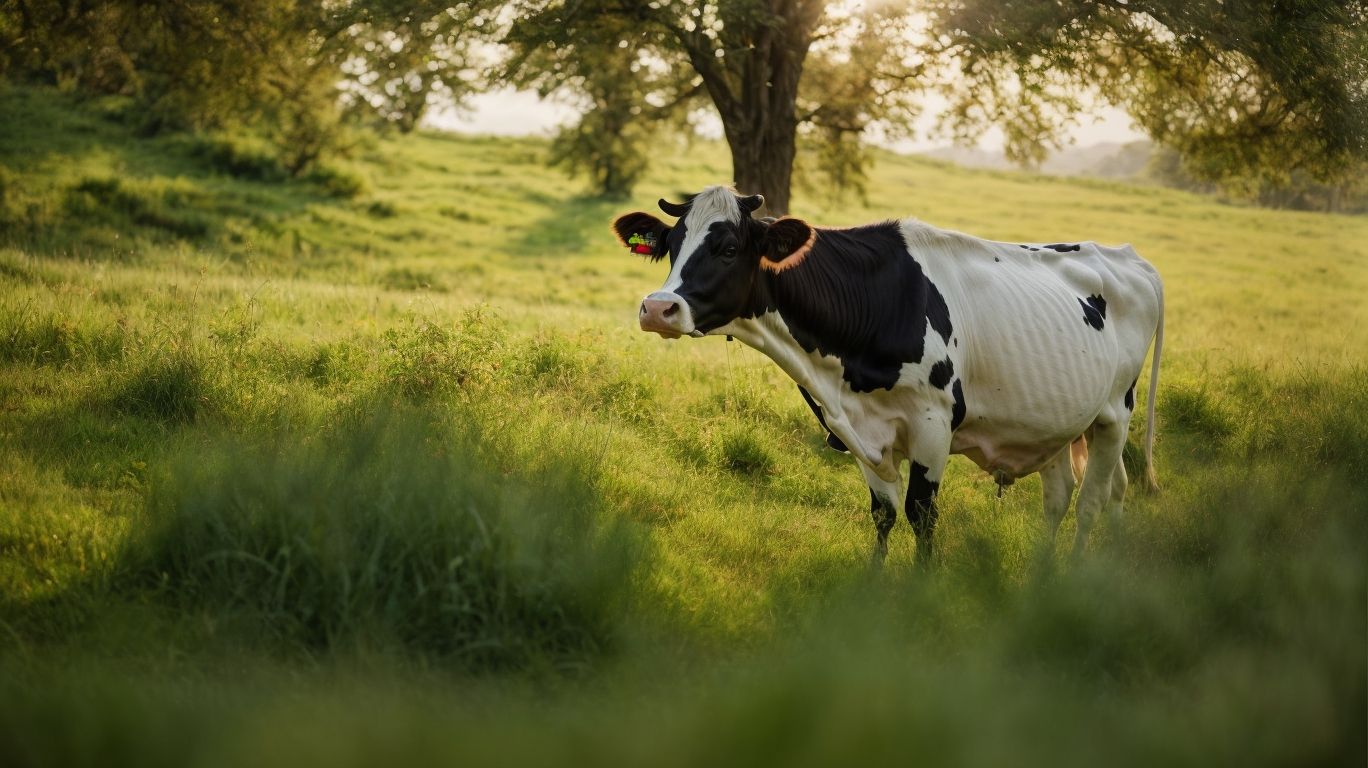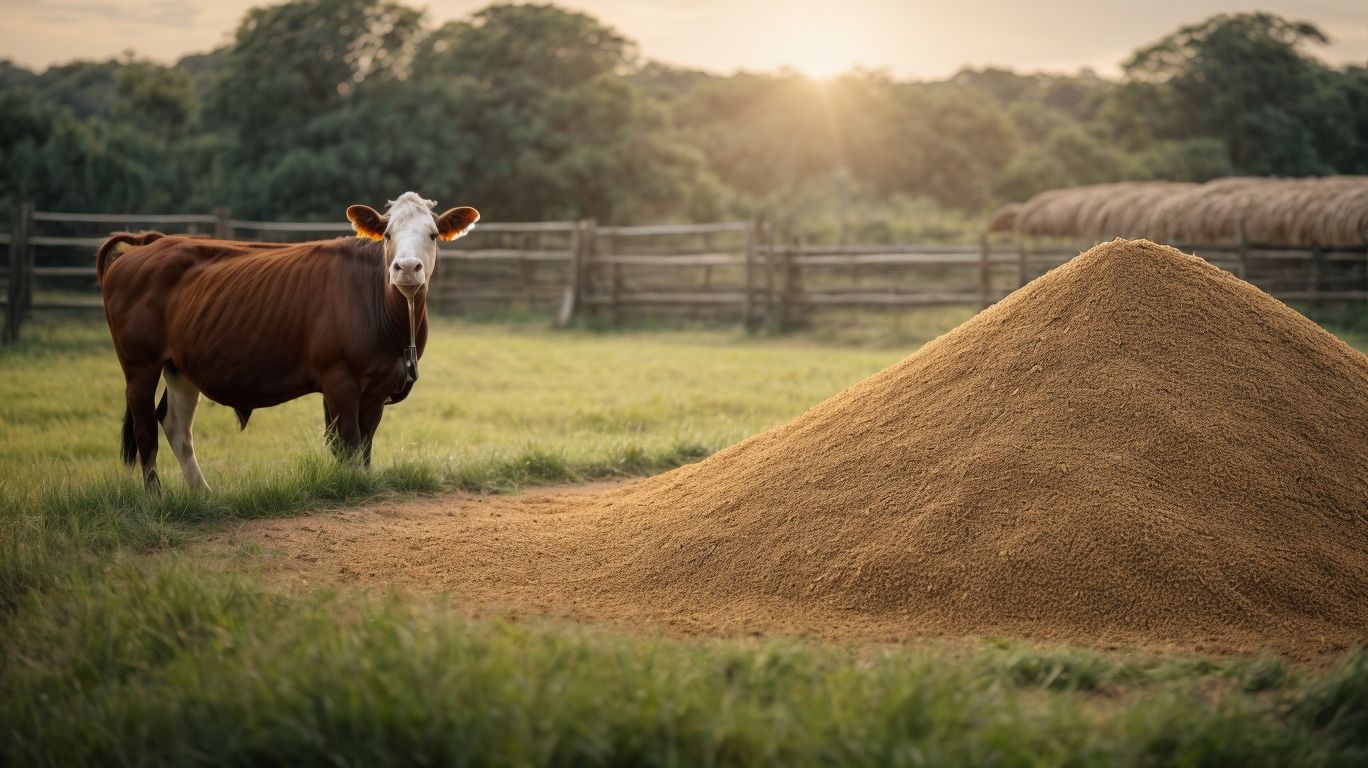Urea is a nitrogen-containing compound commonly used in animal feed as a protein supplement and a source of non-protein nitrogen. It is a byproduct of the breakdown of protein and is found in the urine of mammals.
In animal feed, urea plays a crucial role in providing essential nutrients and promoting efficient digestion and growth in livestock.
The use of urea in animal feed has been extensively studied and evaluated by various reputed researchers and organizations, such as the Agricultural Research Service at the USDA and the Animal and Plant Health Inspection Service. Here are some key insights into the role of urea in animal feed and its benefits and considerations.
Urea is primarily used in animal feed to provide a source of non-protein nitrogen, which is essential for the synthesis of amino acids and proteins in the animal’s body. It acts as a precursor for microbial protein production in the rumen, promoting efficient digestion and utilization of feed. Urea has a direct impact on animal nutrition and overall performance. It can increase the rate of weight gain and improve feed conversion in livestock.
The primary benefits of using urea in animal feed include:
- Cost-effective protein supplement: Urea is a cost-effective alternative to traditional protein supplements, such as soybean meal and fish meal, making it a more affordable option for farmers.
- Improved feed efficiency: Urea can enhance the digestibility of feed and improve overall feed efficiency, leading to better growth and performance of animals.
- Availability and storage: Urea is readily available and easy to store, making it a convenient choice for farmers.
However, there are certain considerations that need to be taken into account when using urea in animal feed:
- Proper mixing and handling: Urea should be properly mixed with other feed ingredients to avoid overconsumption and prevent toxicity.
- Monitoring and controlling intake: Excessive consumption of urea can have negative effects on animal health, so it is essential to monitor and control intake.
- Balancing with other nutrients: Urea should be balanced with other essential nutrients, such as energy and minerals, to ensure optimal growth and performance.
Despite its benefits, the use of urea in animal feed also carries certain risks, including:
- Toxicity: Overconsumption of urea can lead to toxicity, which can have severe consequences on animal health and even be fatal.
- Digestive upset: Urea can cause digestive upset in animals if not properly balanced with other nutrients and not consumed in moderation.
- Environmental concerns: Improper disposal of urea can have adverse effects on the environment, such as soil and water contamination.
Overall, urea can be used in animal feed in various forms and combinations, including:
- As a protein supplement: Urea can be used as a direct replacement for protein supplements like soybean meal or fish meal in animal feed.
- As a non-protein nitrogen source: Urea can also be used in combination with other ingredients to provide a source of non-protein nitrogen, promoting microbial protein production in the rumen.
- In combination with other feed ingredients: Urea can be combined with other feed ingredients to provide a balanced and nutritious diet for animals.
In conclusion, urea plays a significant role in animal feed, providing essential nutrients and promoting efficient digestion and growth in livestock. However, it is crucial to consider the benefits, risks, and proper usage of urea to ensure optimal results and prevent any negative consequences.
Key Takeaways:
What is Urea?

Photo Credits: Chemicalglossary.Net by Ryan Flores
Urea is a compound composed of nitrogen, carbon, oxygen, and hydrogen. It plays a crucial role in animal feed as a source of non-protein nitrogen. When considering ‘What is Urea?’, it’s important to note that in ruminant diets, urea supplements the protein content, aiding in microbial growth and improving the utilization of low-quality forages.
What is the Role of Urea in Animal Feed?

Photo Credits: Chemicalglossary.Net by Thomas Miller
Urea plays an important role in animal feed as a cost-effective source of non-protein nitrogen, which supports the production of microbial protein in the rumen. This helps improve the digestion of low-quality forages, leading to better overall feed efficiency. However, it is important to handle and administer urea carefully to avoid toxicity.
When considering the use of urea in animal feed, it is crucial to consult with a nutritionist to determine the appropriate levels for inclusion based on the specific needs of the herd and the composition of the feed.
How Does Urea Affect Animal Nutrition?
- Urea in animal nutrition acts as a non-protein nitrogen source, supplementing protein intake and aiding in improving microbial protein production in the rumen, thereby enhancing overall feed efficiency.
- It also facilitates the optimization of carbohydrate utilization in ruminants, promoting better energy utilization and contributing to a healthy diet for animals.
- In addition, urea has been found to play a crucial role in animal nutrition, especially in the 19th century when German chemist Friedrich Wöhler synthesized it, debunking the idea of vitalism and demonstrating that organic compounds could be created from inorganic materials.
What are the Benefits of Using Urea in Animal Feed?
The advantages of incorporating urea into animal feed are numerous, including:
- Cost-effective protein supplement for livestock feed.
- Enhances microbial activity in the rumen, improving feed utilization.
- Allows for better utilization of low-protein, high-energy feedstuffs.
When considering the benefits of using urea in animal feed, it is crucial to properly mix and balance it with other nutrients to fully maximize its benefits.
What are the Considerations for Using Urea in Animal Feed?

Photo Credits: Chemicalglossary.Net by Kyle Robinson
While urea can provide numerous benefits as a protein source in animal feed, there are important considerations to keep in mind when using it. In this section, we will discuss the key considerations for incorporating urea into animal feed. These include proper mixing and handling techniques, as well as monitoring and controlling intake to ensure the safety and health of the animals. Additionally, we will explore the importance of balancing urea with other essential nutrients in order to maximize its benefits.
1. Proper Mixing and Handling
- Assess Equipment: Inspect mixers, storage, and handling tools for cleanliness and proper functioning.
- Follow Guidelines: Adhere to manufacturer instructions regarding mixing time, speed, and sequence for proper mixing and handling.
- Prevent Contamination: Store urea in a dry and secure location, away from moisture, acids, and alkalis to avoid spoilage.
- Use Protective Gear: Wear appropriate safety equipment, such as gloves and masks, during handling to ensure proper mixing and handling procedures are followed.
2. Monitoring and Controlling Intake
- Regular Monitoring: Keep track of the animals’ feed consumption daily to ensure consistent intake and control.
- Controlled Access: Limit access to feed by using feeders or controlled feeding times.
- Feed Analysis: Periodically analyze the feed to check urea levels and ensure proper distribution within the feed.
3. Balancing with Other Nutrients
- Assess the nutritional content of the animal feed to determine the levels of protein, carbohydrates, fats, vitamins, and minerals present.
- Calculate the appropriate amount of urea to be included in the feed based on the existing nutrient levels to ensure a balanced diet for the animals.
- Consider the interaction of urea with other nutrients in the feed to prevent any adverse effects on animal health or performance, as balancing with other nutrients is crucial.
- Regularly monitor the animals’ response to the balanced feed to ensure optimal nutritional intake and overall well-being.
Fact: Balancing nutrients in animal feed is essential for maximizing livestock productivity and welfare.
What are the Potential Risks of Using Urea in Animal Feed?

Photo Credits: Chemicalglossary.Net by Jacob Brown
While urea can provide many benefits in animal feed, it is important to also consider the potential risks associated with its use. In this section, we will discuss the possible dangers of using urea in animal feed, including its toxicity, potential for causing digestive upset, and environmental concerns. By understanding these risks, animal feed producers can make informed decisions about the use of urea in their products.
1. Toxicity
Urea toxicity can have serious consequences if not properly managed.
- Ensure accurate measurement: Precise dosing is crucial in preventing toxicity.
- Monitor intake: Regularly check urea consumption to prevent overexposure.
- Provide access to fresh water: Adequate hydration helps dilute urea in the body.
- Consult a veterinarian: Seek professional guidance to address any concerns about toxicity.
A farmer’s mistake in measuring urea for cattle feed resulted in toxicity. Quick intervention by a veterinarian saved the herd, highlighting the importance of careful management.
2. Digestive Upset
- Monitor Symptoms: Keep an eye out for any signs of digestive upset, such as diarrhea, reduced feed intake, or changes in manure consistency.
- Withdraw Urea: In the event of digestive upset, it is important to immediately stop feeding urea to the animals.
- Consult Veterinarian: If digestive issues arise, it is best to seek guidance from a veterinarian to determine the appropriate course of action.
3. Environmental Concerns
- Water Contamination: Urea can contribute to nitrogen pollution in water bodies through runoff from fields.
- Air Quality: Excessive ammonia emissions from urea in feedlots can lead to air pollution and respiratory issues.
- Ecosystem Impact: Nitrogen enrichment from urea can disrupt natural habitats and lead to biodiversity loss.
How Can Urea be Used in Animal Feed?

Photo Credits: Chemicalglossary.Net by Vincent Scott
Urea is a versatile ingredient that has been used in animal feed for decades. In this section, we will discuss the various ways in which urea can be incorporated into animal feed. From its role as a protein supplement to its use as a non-protein nitrogen source, we will explore the benefits and considerations of using urea in animal feed. Additionally, we will examine how urea can be combined with other feed ingredients to create a balanced and nutritious diet for animals.
1. As a Protein Supplement
Using urea as a protein supplement in animal feed involves specific steps:
- Consult a veterinarian or animal nutritionist for appropriate dosage and mixing techniques.
- Ensure proper blending with other feed ingredients to create a nutritionally balanced diet.
- Regularly monitor animal health and performance to adjust urea usage if needed.
Fact: Urea, when used as a protein supplement, helps meet the protein requirements of livestock, enhancing overall health and productivity.
2. As a Non-Protein Nitrogen Source
As a non-protein nitrogen source, urea serves as an economical alternative to natural protein sources in animal feed. It helps optimize rumen microbial growth and protein synthesis, leading to improved feed efficiency and cost reduction.
A dairy farmer in Wisconsin made the decision to implement urea as a non-protein nitrogen source in their cattle feed. This choice resulted in significant cost savings without any negative impact on the health or milk production of the animals.
3. In Combination with Other Feed Ingredients
- Thoroughly analyze the nutritional composition of other feed ingredients.
- Determine the compatibility of urea with other nutrients present in the feed.
- Ensure proper mixing and distribution of urea in the feed to achieve uniformity when combined with other ingredients.
- Regularly assess the animal response to the combined feed ingredients to monitor effectiveness.
Did you know? When combined with balanced nutrients, urea enhances the overall protein content in animal feed, promoting healthy growth and development.
Frequently Asked Questions
What is the role of urea in animal feed?
Answer:
Urea is a non-protein nitrogen compound that is used as a cost-effective source of protein in animal feed, particularly for ruminant animals like cattle. It is broken down by rumen microbes into ammonia, which is then used to produce protein that can be utilized by the animal.
Why is urea not used in feed for non-ruminant animals?
Answer:
Urea is not used in feeds for non-ruminant animals because they do not have the same digestive system as ruminants. Non-ruminants are unable to break down urea and utilize it for protein production, making it an ineffective source of protein for these animals.
What are the benefits of using urea in cattle diets?
Answer:
Urea is a cost-effective means of supplementing protein in cattle diets, providing a competitive advantage for beef production that is not available to other livestock species. It is also a valuable tool in ruminant protein nutrition, providing a steady supply of digestible protein for the animal.
What are the considerations for using urea in animal feed?
Answer:
There are several important considerations to keep in mind when using urea in animal feed. These include monitoring the level of urea in the diet, ensuring proper dietary balance, and avoiding excess ammonia that can lead to toxicity. Proper management of urea is crucial for its effectiveness and the health of the animals.
How does urea interact with feed grains and other feed components?
Answer:
Urea is often used in cattle diets in conjunction with high-protein feed grains, such as soybean meal or whole soybeans, to provide a balanced source of protein. Urea also interacts with other feed components, such as dietary carbohydrates and volatile fatty acids, to produce ammonia and ultimately protein for the animal.
How is urea used in the production of protein for cattle?
Answer:
Urea is broken down by rumen microbes into ammonia, which is then used to produce protein that can be utilized by the animal. This protein is used by the animal’s cells to build essential amino acids and other proteins that are necessary for growth and maintenance. It is a constant synthesis process that provides a steady supply of digestible protein for the animal.
